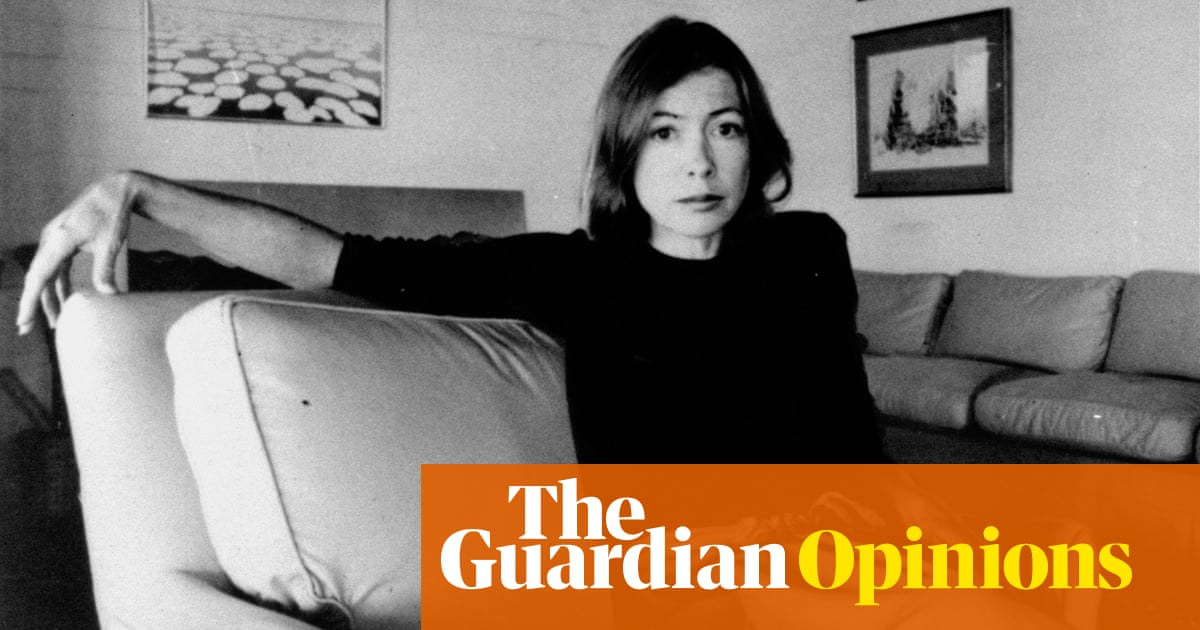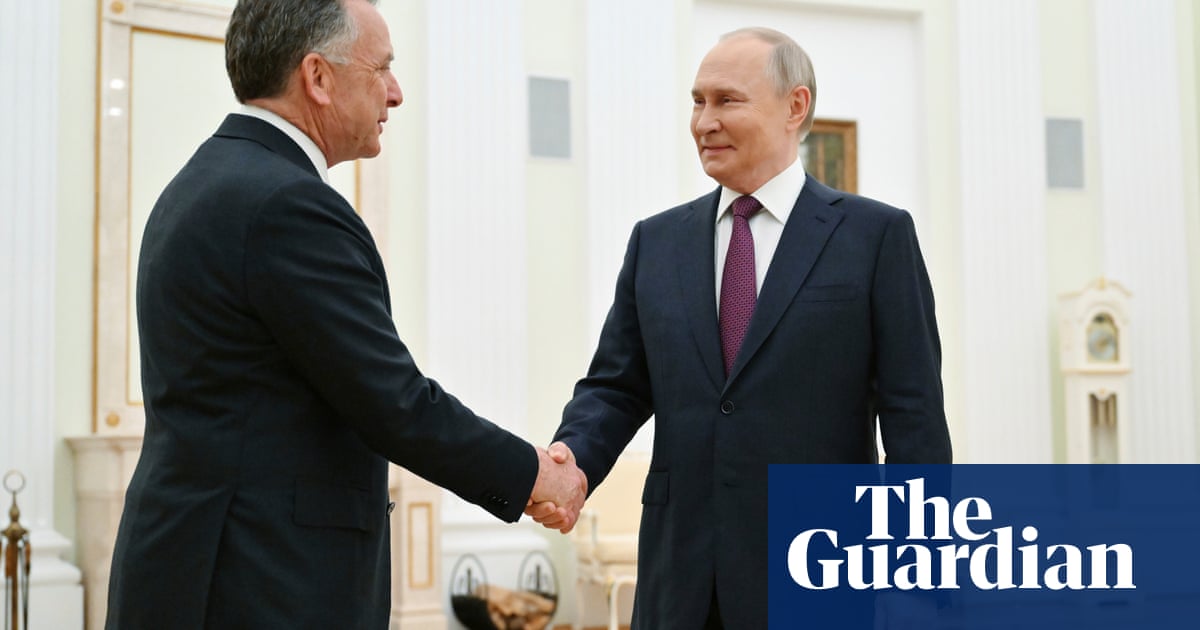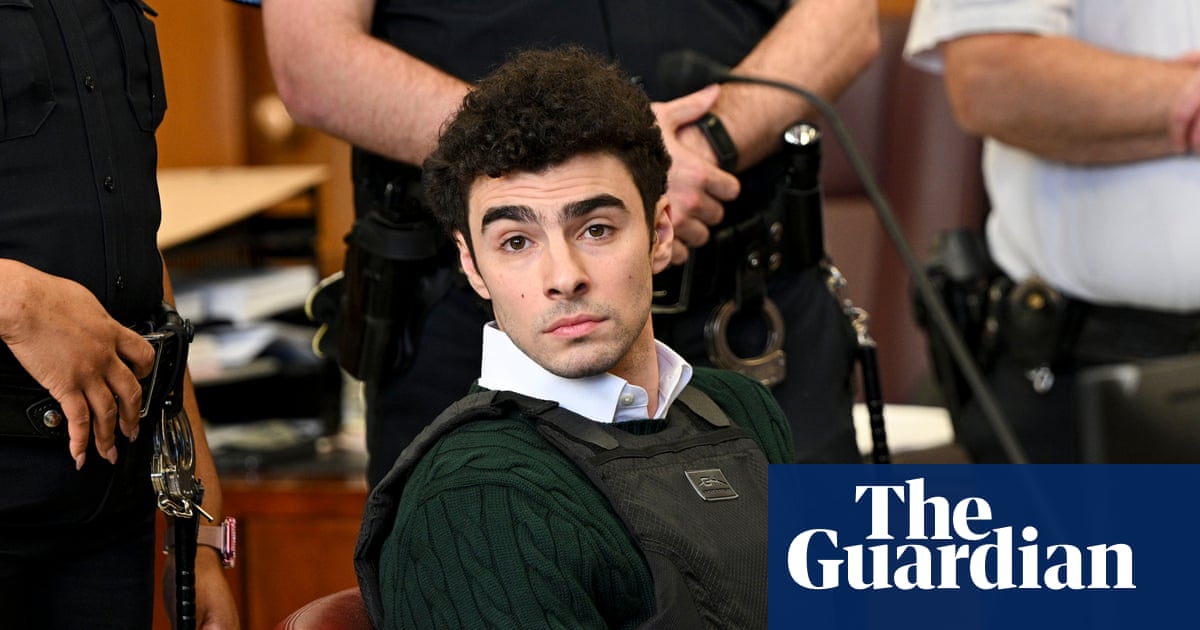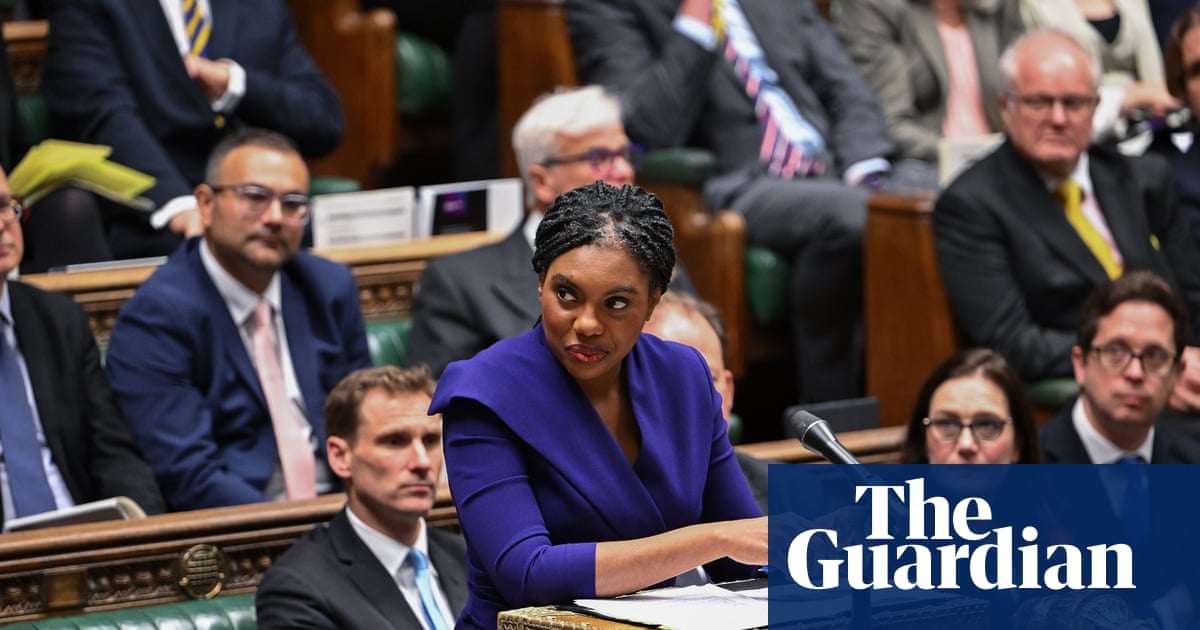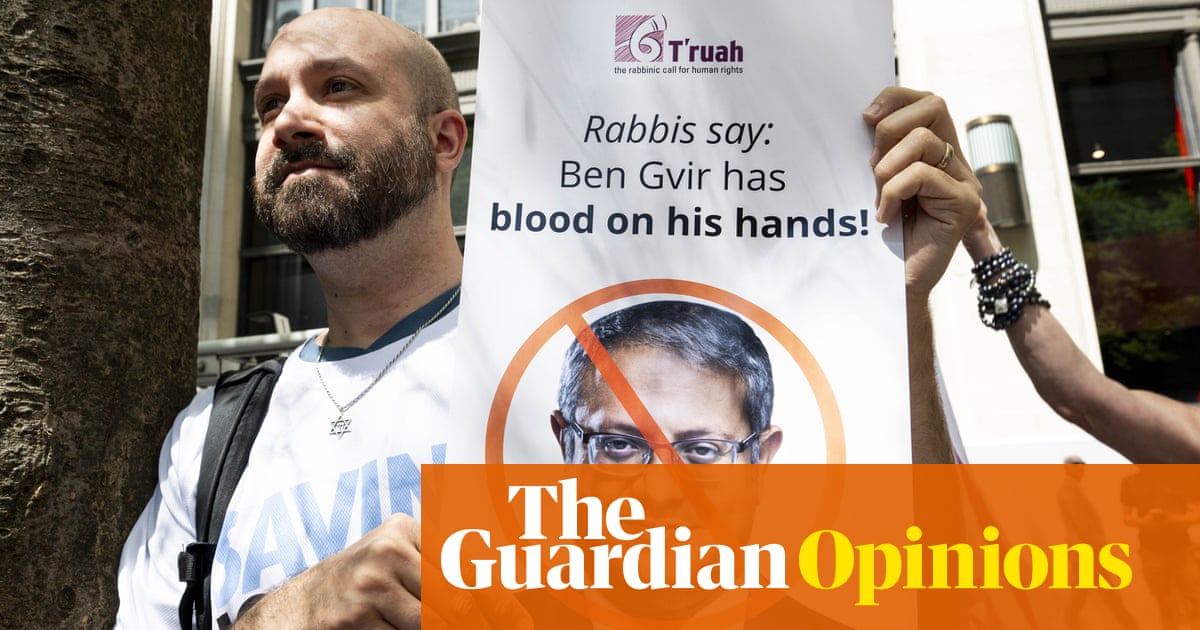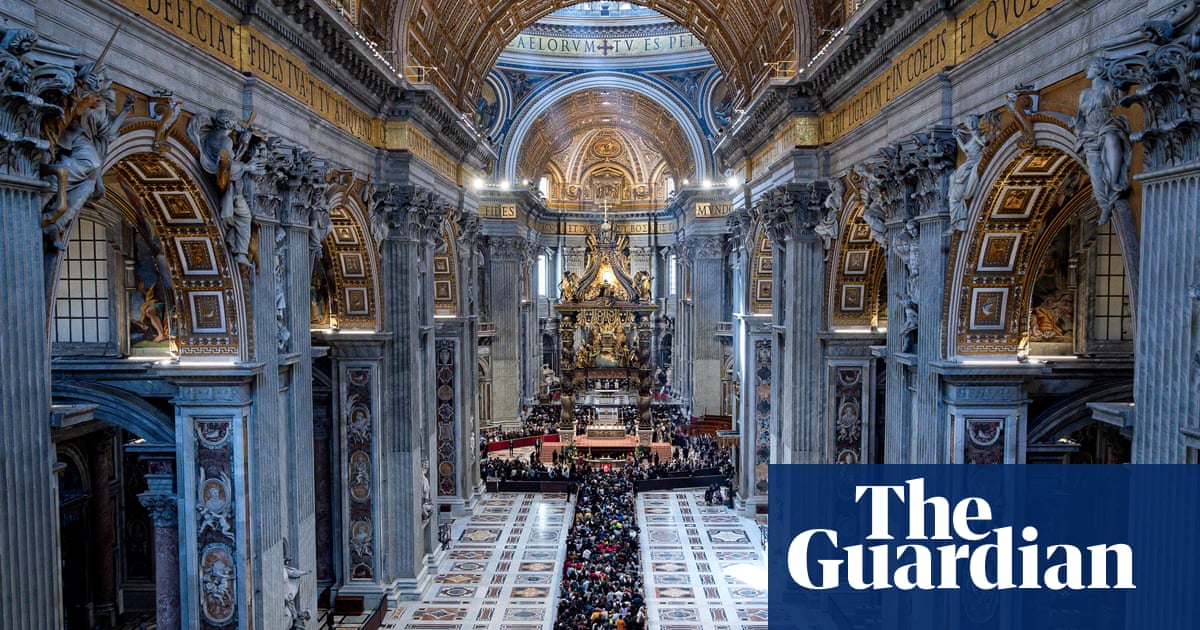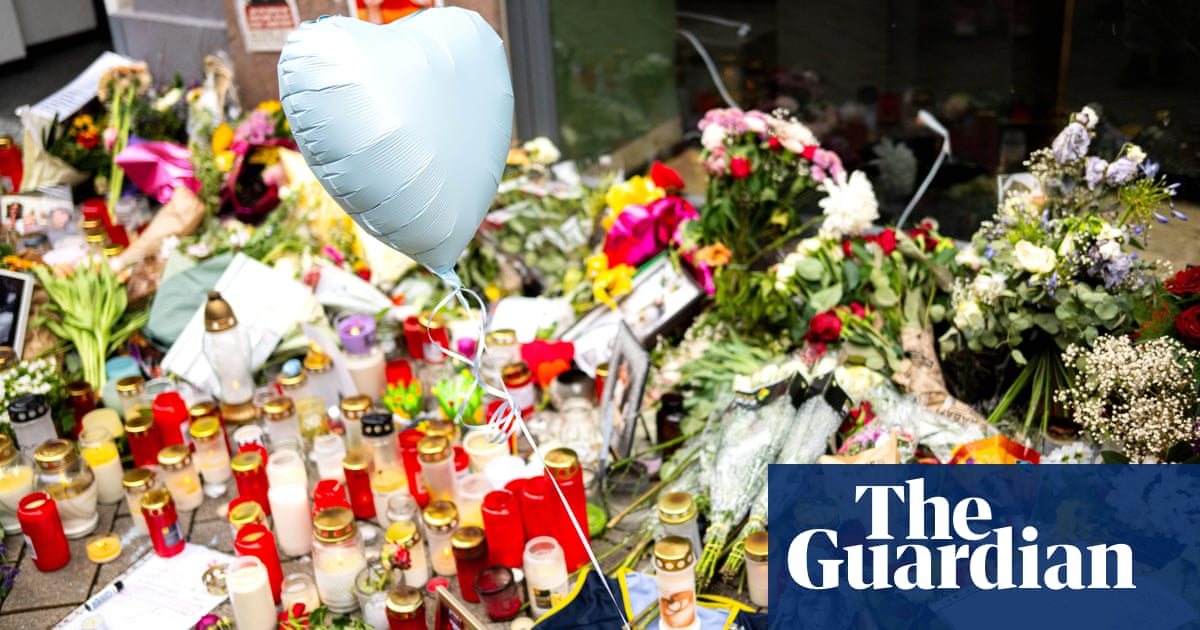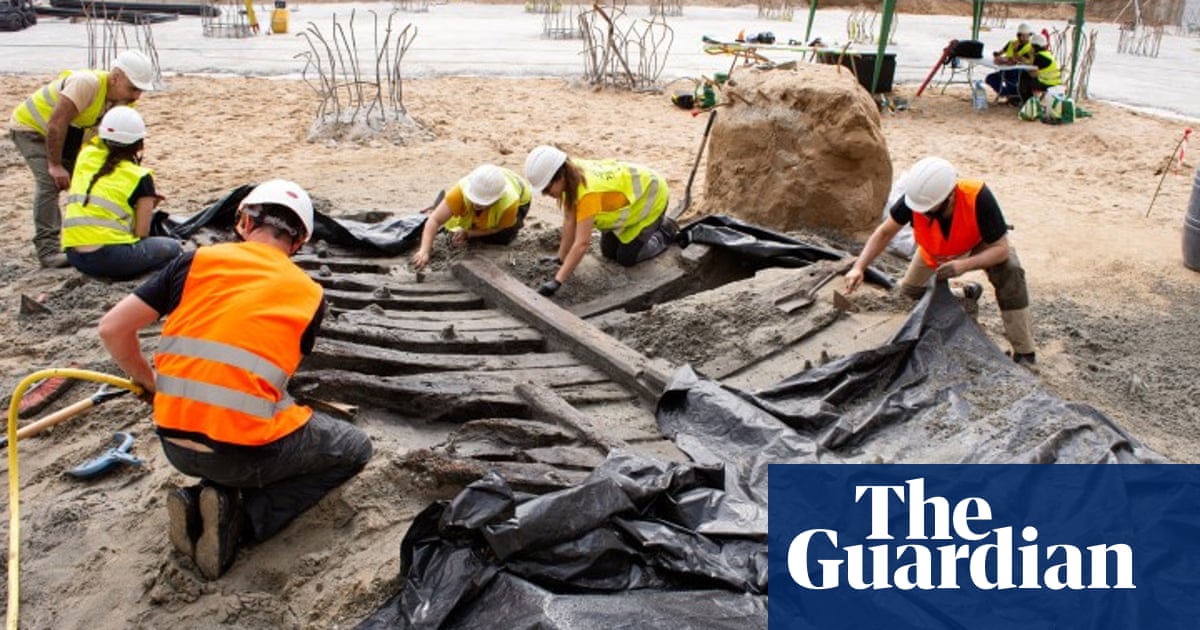Fake metal trees have been set into the concrete ground of the Amazonian host city of this year’s climate summit, prompting scandalised contrasts with the once-living vegetation that has been cleared in preparation for Cop30 in Brazil.
But in an unlikely convergence of views, both the centre-right state governor and leftwing social movements insist this is a storm in a plant pot compared with the darkening geopolitical threats to the world’s biggest diplomatic gathering, which will take place in November in Belém.
This tropical port, which sits on the mouth of the Amazon River, is one of the poorest cities in Brazil. It faces mounting criticism about its preparations for an international conference that is on a far greater scale than anything previously seen in the rainforest region.
A shortage of beds has driven hotel prices so high that the federal government has threatened to prosecute price-gougers. Traffic congestion, already bad, is expected to become horrific with the expected influx of 50,000 visitors during the event. Conservation groups have been shocked by the clearance of forests for new highways and there is scepticism that the city’s infrastructure projects, including a doubling of the airport’s capacity, will be ready in time.
But in an exclusive interview with the Guardian, the Pará state governor, Helder Barbalho – who says he asked President Luiz Inácio Lula da Silva in November 2022 to nominate Belém as host – said everything was on track. “All the projects that were planned and structured will be ready so that we can hold a fantastic event in November,” he said.
He insisted the event will be worthwhile to improve the lives of city residents and for civil society to finally be given a voice after three consecutive Cops in autocratic nations. Barbalho said: “We understand that it will be the Cop with the greatest popular participation in history and that is something we have particularly encouraged.”
Belém is already a hive of construction activity, though critics claim the benefits are mainly for real estate developers and major corporations, while there is little effort to reduce economic inequality in the urban peripheries or integrate nature into urban planning
Mask-wearing welders are illuminated by blue sparks at the Parque da Cidade, a former airport that will stage the main conference centre. Signs say the work here is being carried out by Brazil’s biggest mining company, Vale, which has been responsible for some of the country’s deadliest and most environmentally destructive disasters, including the 2019 collapse of the Brumadinho tailings dam, which killed 272 people.
Close to the colonial-era Cidade Velha – or old town – district, a new urban park is under construction between a complex of middle-class high rises and a swanky redevelopment of old warehouses that are now upscale restaurants selling an extraordinary range of fish dishes and ice-creams made from regional fruits. The most striking feature of the new concrete space are several dozen “eco-trees” made from recycled steel bars that branch out into canopy-like supports for pots full of hanging plants.
This proved controversial when a city official admitted the designs were copied from Singapore for shade because Belém is warming rapidly and there was not enough good soil in this area to plant real trees.
It confirmed what people could see and feel. Belém was once known as the city of mango trees, but has experienced a dramatic loss of urban vegetation over the past 20 years. This process has been compounded by the Cop30-accelerated expansion of two new roads – Avenida Liberdade and Rua da Marinha – that together resulted in the clearance of more than 100 hectares (247 acres) of vegetation.
Ana Claudia Cardoso, a professor of urbanism at the Federal University of Pará, predicted Belém would have less tree cover in the city after Cop than it did before.

Barbalho said the road improvements had been planned two years before the Cop bid and were built to high environmental standards with walls on either side to prevent roadkill and high numbers of dedicated animal crossings. He said it would reduce traffic jams and their associated carbon emissions.
He preferred to focus on the bigger picture: that Pará – long a centre of Amazon destruction – is now at the forefront of efforts to reduce deforestation, which halved between 2018 and 2024. “We had the courage to build a new history,” he said, also stressing efforts to reforest faster than any other state in Brazil, secure the majority of carbon credits, initiate a cattle-tracing programme and build a “bioeconomy” by investing in cosmetics and pharmaceuticals to replace cattle ranching.
Such talk – and his willingness to work with Lula, the Workers’ party president – makes Barbalho an exception among the governors of Amazonian states, almost all of whom are far-right Bolsonarists. But he shares similar extractivist roots, owning more than 6,000 cattle and shares in a ranch among his listed assets of 18.75m real (£2.48m) in 2022.
The scion of the most powerful dynasty in the state (his father is a senator, media tycoon and landowner) is known as “the king of the north” and widely believed to be building his global reputation for a future bid for the presidency.
Many on the left distrust Barbalho and say he overstates his achievements, which are more to do with federal policies. But there is grudging respect for his intelligence, ability to secure such a prestigious global meeting, and promise to support civil society.
There is also a shared frustration at external criticism of “chaotic” Belém. Many see this as hypocrisy from the global north, which is now much more of a threat to multilateralism because conflict is worsening, rich countries have failed to provide sufficient climate finance, and Donald Trump has begun pulling the US out of the Paris agreement.
Caetano Scannavino, the coordinator of the Health and Happiness Project in the Amazon, said: “More than just logistics, these are gigantic challenges for Brazil in exercising the mandate that the world gave us to lead the negotiations until November 2025. We are about to lose the battle of the 1.5C goal [of limiting global heating above preindustrial levels] of Paris, and the only consensus among the nations that claim to be leaders of humanity – the US, China, Russia and Europe – is to put more money into buying weapons.”

Amid the collapsing consensus, the Brazilian chair of Cop30, ambassador André Aranha Corrêa do Lago, has proposed an agenda for governments that steers clear of contentious issues. Instead, he has called on civil society to take the lead in applying pressure.
Indigenous communities have been promised a more prominent role both in the official conference venue and at a parallel four-day “people’s summit” in the university grounds that is expected to draw about 15,000 participants from traditional communities, NGOs and academia. Several demonstrations are planned, the biggest of which will be a march during the middle weekend of the conference.
But there is a risk in raising expectations for protests and public meetings. Without clear mechanisms and authority for civil society to influence the official debate, protesters may feel frustrated that they are involved in little more than grandstanding. Given the Brazilian police’s widespread support for Bolsonaro and tendency to resort to teargas and violence at public gatherings, there are concerns that street conflicts could further undermine prospects for a global consensus.
Barbalho said the organisers would be well prepared to avoid problems. Security is being coordinated by the federal government, who have organised a national committee with representatives from the armed forces and police. Seven hundred members of Pará’s military police are receiving special training.
Some veteran activists are wary but determined. But most talk of their hopes for a festive spirit, a long-term shift in local policies and a chance to show a different – and urban – side of the rainforest.
Mariana Guimarães, a Belém-based environmentalist and international political adviser to the Cop30 civil society committee, said she was looking forward to challenging preconceptions – for better or for worse. She said: “I think it’s an opportunity not just for the world to know the Amazon, but also for Brazil to know the Amazon, because we understand that there are a lot of these stereotypes of what the region is, right?
“Many people will come here thinking they will enter a dense forest and all that, and they will see that there will be no real trees here in Belém. Visitors will get to know another Amazon, get to know our culture, definitely enjoy the food that we have, the music and everything else.”

.png) 6 hours ago
6
6 hours ago
6

